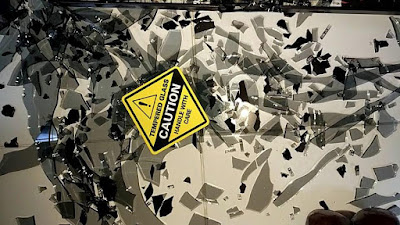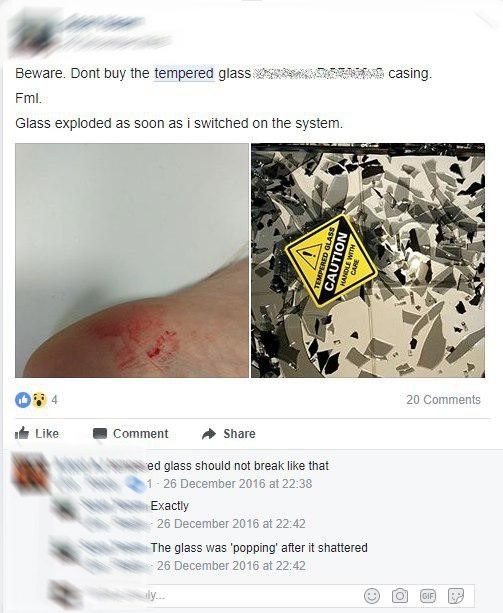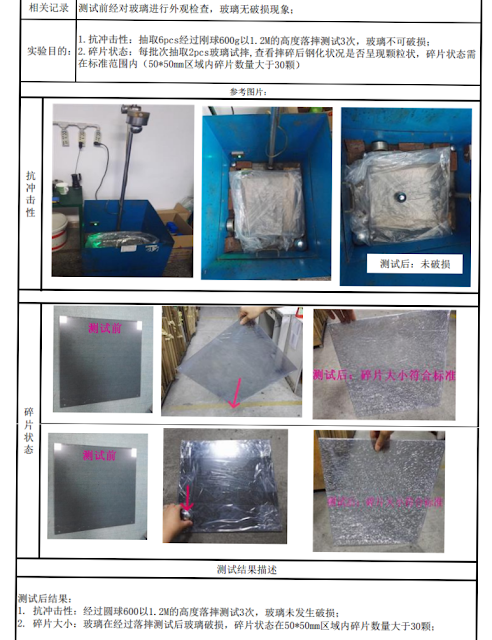In the recent two years, we have seen a rise in the number of desktop PC cases designed with tempered glass side panels. The whole idea of integrating glass into computer cases is becoming a trend, where all major desktop chassis manufacturer should have at least a few products that feature tempered glass. Tempered glass is also replacing acrylic based side panel, as it looks better, is scratch resistant, and sturdy. Generally, they appear to be a lot sexier and premium than wobbly plastic alternatives.
However, not all tempered glasses are made equal. Some tempered glasses that are manufactured with precision and safety in mind, while others are just simply non-tempered/standard glass which can be extremely dangerous. In this article, we are going to find out what is the definition of a tempered glass, and what constitutes a good tempered glass.
What is tempered glass?
Tempered glass is a kind of toughened glass that has been treated by heat or chemicals to increase its strength. The most important benefit of tempered glass is the safety features that it brings on to the table. Tempered glass reduced the risk of deep cuts and wounds due to its nature of breaking into small circular pieces, instead of sharp and jagged shards. [1]
In the perspective of a PC builder, a good piece of tempered glass on the case’s side panel should be scratch resistant, hard and sturdy enough to withstand pressure differences between the inside and outside of the case, and of course, be certified to be safe for use. Even if the tempered glass were to break, it should break into small pieces, rather than large chunks, which could pose as a danger to the system builders.
We have previously heard reports that poorly manufactured tempered glass will “explode” due to the differences in pressure and temperature within and outside the desktop computer case. Just last year, there was a case where a Tempered Glass Casing from a certain brand suddenly “exploded”, causing injuries to the user’s leg.The supposed “tempered” glass cracked into multiple large pieces. Luckily, “all izz well” as the user only had very minor cuts on his foot. It is quite the irony to see that the warning sign on the Tempered Glass from that PC case. It shouldn’t be labeled as a tempered glass in the first place!
As some of you may have known, we have a Cooler Master MasterCase 5 for our main rig. Being the “fashionista wannabe”, we went ahead and got our hands on the MasterCase 5 tempered glass as an add-on to our current case. Cooler Master was happy to sponsor the glass for our tempered glass tests as well. Cooler Master was very confident that their tempered glass was manufactured with very high standards, and that it was safe for PC building. That’s why, we decided to put it to the test and figure out the difference between a good and poor tempered glass.
Based on our tests, the MasterCase 5 was able to withstand most of our scratch tests. There was literally no scratch marks when we tried to damage the glass with keys, screwdriver and scissors. Even though there were some small marks on the glass when we tried to scratch it with an electric screwdriver, it was negligible, and did not affect the structural integrity of the entire glass.
Moving on to our major tests, we wanted to find out of the Cooler Master MasterCase 5’s tempered glass is indeed a tempered glass. It should be able to shatter into small pieces when it actually breaks.With all the video equipment ready, we smashed the glass with a hammer. Upon impact, we can see that the glass immediately broke into small pieces. Even though there were some parts that remained in large chunks, each individual one eventually cracked into smaller pieces. These chunks will crumble when picked up. Such behavior of the tempered glass improves overall safety of such desktop cases. In an event when the glass was to shatter, it will not cause any major injuries.
Not all tempered glass is made equal. Of course, we would not want our tempered glass on our PC to crack in the first place, but if you are looking for a new computer with a shiny new tempered glass, please do your homework on the qualities of the glass before your purchase.We also did a small interview with a Cooler Master’s representative to find out more about their tempered glasses. If you are keen to find out more, read on..
Interview with Cooler Master on the Quality of their tempered glass
1. What is the thickness of all your tempered glass?
Our tempered glass are of 4mm thick.
2. Is there any differences between the tempered glass used in your different products?
All our tempered glass used on the MasterCase and MasterBox series are from the same manufacturer. Our latest products, such as the MasterCase H500P, Cosmos C700P also use the same high quality tempered glasses. The only difference between these glass is its mounting type and colour.
3. Are there any certifications or tests that you have done to ensure the strengths of the tempered glass?
We engaged an external vendor to validate the safety of our tempered glass products. With stringent test criteria, we want to make sure that every single tempered glass that reaches our customer should perform as they are intended.
For our tempered glass, we will always do sampling quality assurance checks. For our drop tests, each broken piece cannot be more than 35mm in length. Areas outside of impact area should also crack into small fragments. Specifically, within a 50 * 50mm space, there should be more than 30 fragments. Glass fragments broken from impact areas should also not be knife-like, and that the fragments should not cracked at more than 45 degrees.
Appendix – Tempered Glass Strength Test Report
Special thanks to Cooler Master for sponsoring the MasterCase 5 tempered glass for tests.
[1] What is Tempered Glass? http://www.heritagewindows.com/additional-resources/what-tempered-glass/
For the LATEST tech updates,
FOLLOW us on our Twitter
LIKE us on our FaceBook
SUBSCRIBE to us on our YouTube Channel!








